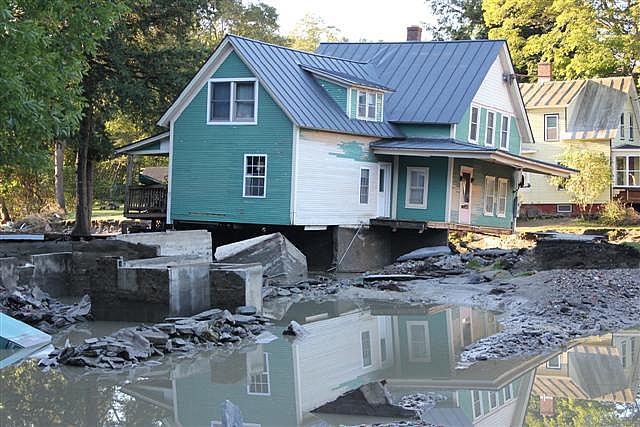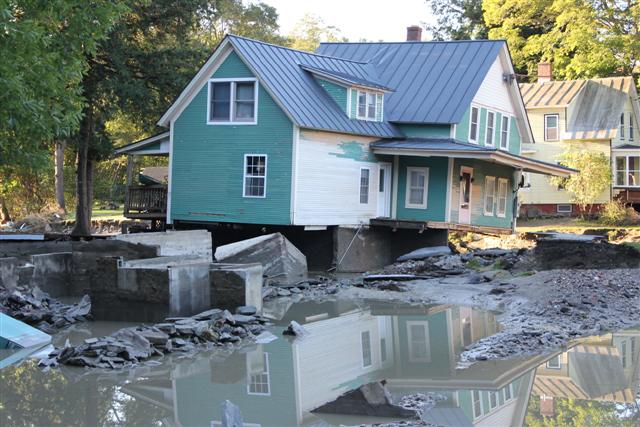Stormy Side Effects: More West Nile Virus After Tropical Storms Irene and Lee?

 The recent public health warnings to be on guard for West Nile virus in the wake of hurricane-turned-tropical storm Irene made me wonder: is there a link between hurricanes and other big storms and the mosquito-borne disease?
The recent public health warnings to be on guard for West Nile virus in the wake of hurricane-turned-tropical storm Irene made me wonder: is there a link between hurricanes and other big storms and the mosquito-borne disease?
Common sense would say yes: pools of stagnant water, whether they be flooded freeways or a backyard fountain, are fertile breeding grounds for the mosquitoes that carry the virus. If more mosquitoes equals more circulating virus, we should expect more West Nile cases in people, right?
As it turns out, research backs up that intuition: researchers tracking West Nile virus cases after Hurricane Katrina in 2005 found that human cases more than doubled in areas most affected by the epic storm, although the actual number of cases was small.
Overall, this year's West Nile virus season has been relatively mild compared to last year. As of September 6, the CDC reports 135 human cases of West Nile virus, five of them fatal. Mississippi, which was socked with storms in April, has documented 20 cases (compared to 8 cases in all of 2010). Bone-dry Arizona also has reported 20 cases so far, but that's compared to 167 cases for 2010. The two states have reported the most cases so far this year.
Sure, the data so far is anecdotal, but it will be interesting to take a look back next year and see whether states hard-hit by Irene and Tropical Storm Lee see a 2011 spike in West Nile cases. And it's something to keep in mind right now if you're reporting in storm-affected areas.
Reporting Resources:
Reporting Guide: West Nile Virus: Entrenched in U.S.
Increase in West Nile Neuroinvasive Disease after Hurricane Katrina: Emerging Infectious Diseases Journal
Photo credit: U. S. Fish and Wildlife Service - Northeast Region via Flickr

